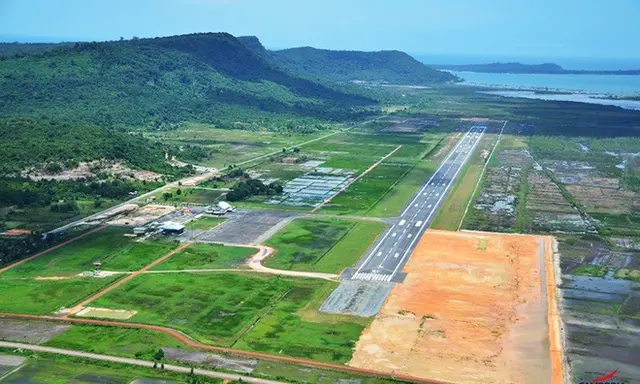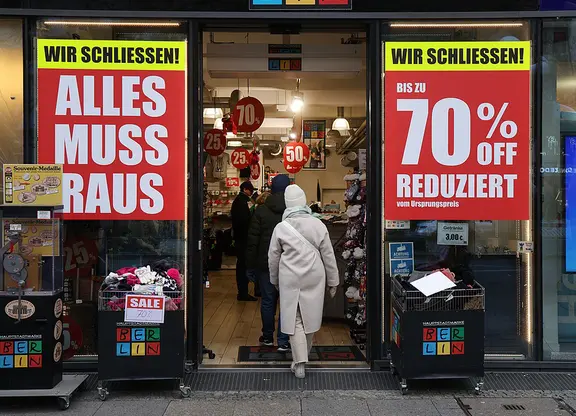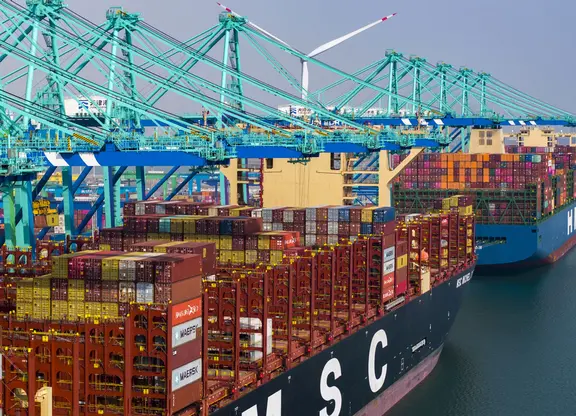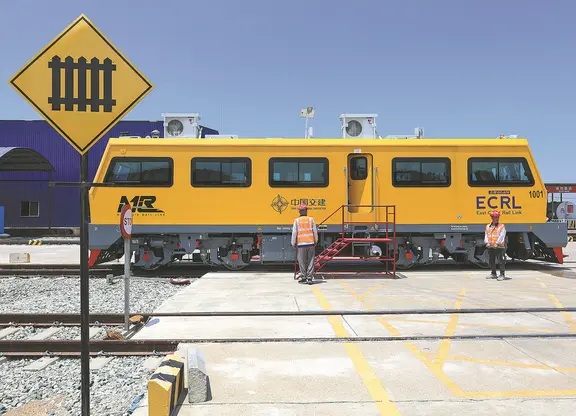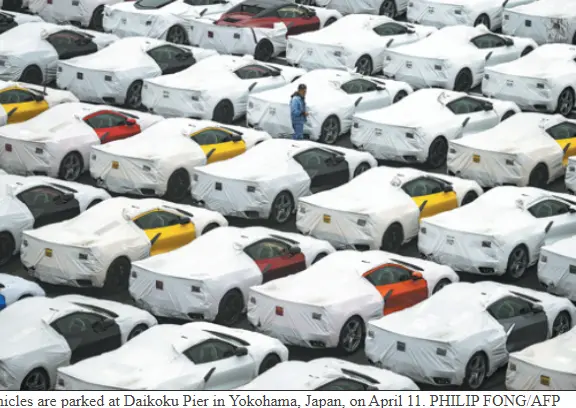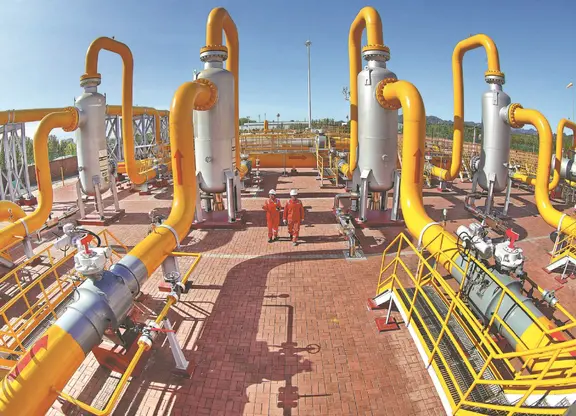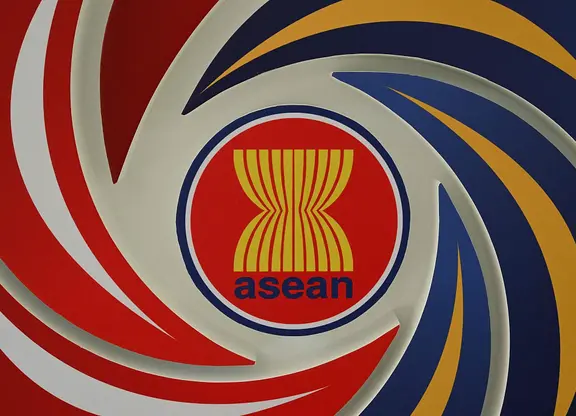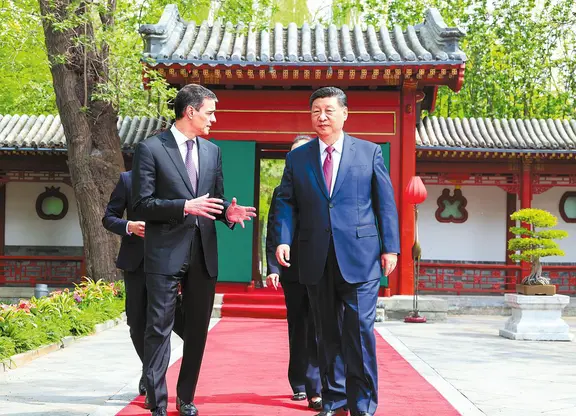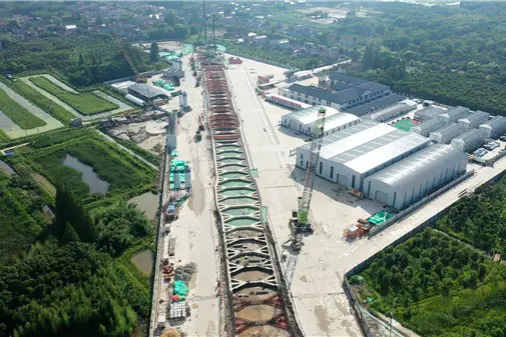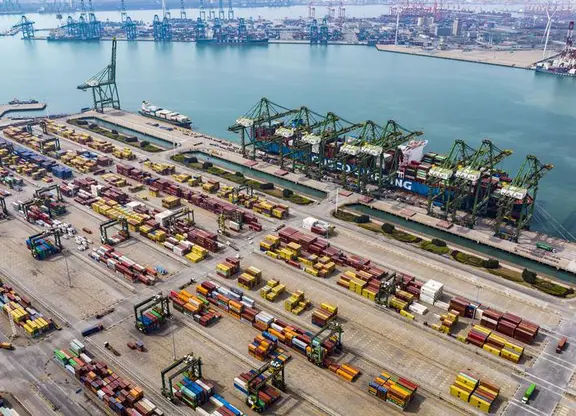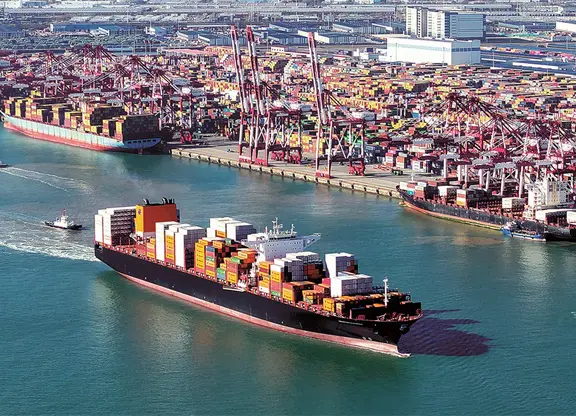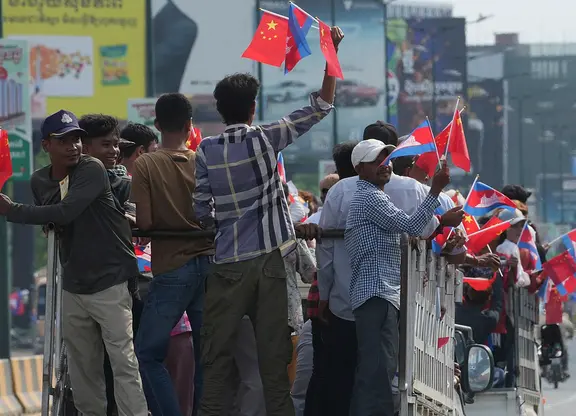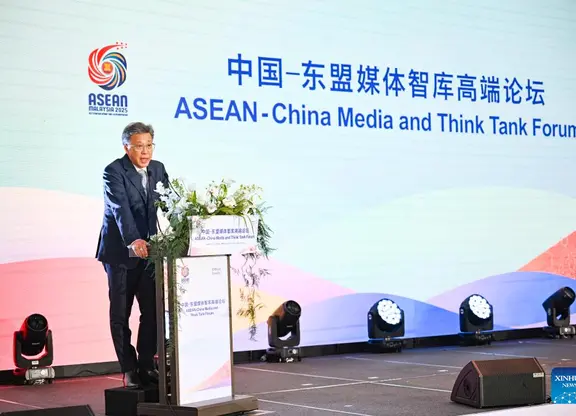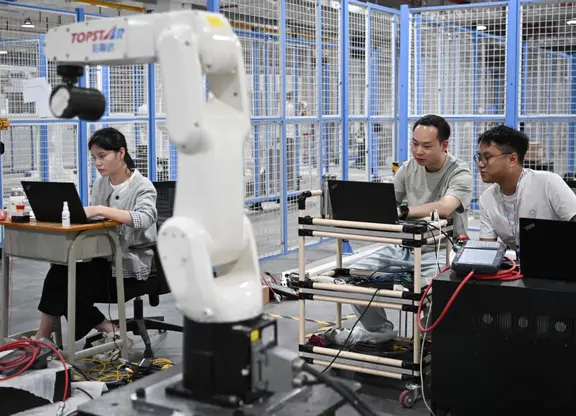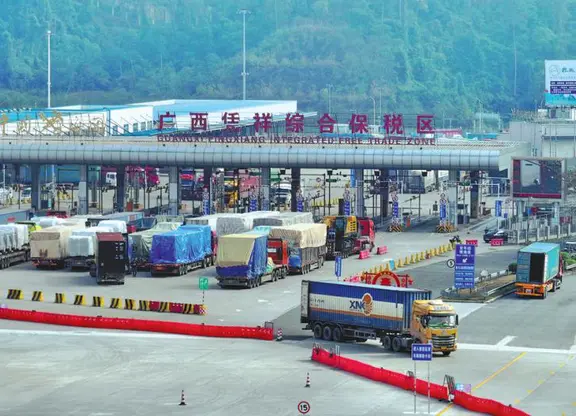By APD writer Alice
Southeast Asian countries, which are in a huge need for capital serving socio-economic development,should attract and welcome Chinese investments instead of rejecting them as many other nations in the world have done, said experts.
Whileinvestments from China are facing increasingheadwinds globally, Southeast Asia has seen an upward trajectory of Chinese investments since 2013.This trend has intensified over the last two years, as Chinese firms consider Southeast Asia as an important gatewayto trade and go global.
According to a recently published report by Maybank Kim Eng Bank, Chinese investments have returned to the Association of Southeast Asian Nations (ASEAN) with projects under the "Belt Road" (BRI) initiative being restored. Trade tensions with the United States have also caused Chinese companies to shift investment flows to Southeast Asia.
Data from the bank showed that China's investment and construction contracts in the ASEAN region have surged to $11 billion in the first six months of 2019, twice as much as in the second half of2018.
The recovery and increase of Chinese investmentshave been seen in countries such as Indonesia, Cambodia, Singapore and Vietnam. In Malaysia, the re-launch of BRI projects in this country is expected to dramatically increase Chinese investments in 2020.
Generally, from 2014 to 2018, Chinese investment projects in the ASEAN region accounted for 35% of the total number of projects under the BRI framework. In which, Malaysia is the country receiving the most Chinese investment capital, up to 27.5 billion USD, accounting for 7.2% of the total value.
Meanwhile, Chinese investment is also fueling a boom in tourism and real estate in Cambodia. In this country, Chinese investment in real estate soared to 4.6 billion USD in the first seven months of 2019, 53% higher than the same period of the previous year.
However, to effectively use theincreasing investment flow from China is really a difficult problem for regional countries. Southeast Asian governments should make every effort to ensure that investments are channelled into sectors in genuine need such as basic infrastructure, health care, education and other sustainable industries that promote employment and protect the environment.
Experts say that there is some evidence that countries in the region have the necessary capacity to ensure the reception and effective use of Chinese investments. Cambodia is an example. Over the years, Cambodia has taken measures to better manage and regulate Chinese investments in the country, helping to attract and use foreign investments effectively.
Even though Chinese investment had stoked resentment and bad press in many countries around the world, there is no denying that many development projects in the country are on track with progress ensured. As a result, the Cambodian government did not shut down Chinese-invested casinos while enhancing economic relations with Beijing.
Similar to Cambodia, the Philippines has struggled with calls for the closure of gambling venues by foreign companies in the country. However, President Duterte's government sees gambling business as an opportunity to attract foreign investment, boost real estate prices, increase job opportunities, develop local economy and derive tax revenue.
Despite concerns about the wave of Chinese labour and rising crimes associated with the "gambling industry", this type of business has been very successful in the Philippines, generating huge profits for this country.
In this geostrategic climate, Southeast Asian countries have an added incentive in knowing that the acceptance rather than rejection of Chinese investments would likely stimulate competing investments from the West and Japan to “balance” China’s economic influence.
Regional nations should also understand that this investment flow might be slowed or reversed if geopolitical tensions ease. This opportunity should be looked upon seriously by regional governments to fund their economic recovery from the pandemic and further propel development.
(ASIA PACIFIC DAILY)
 简体中文
简体中文

